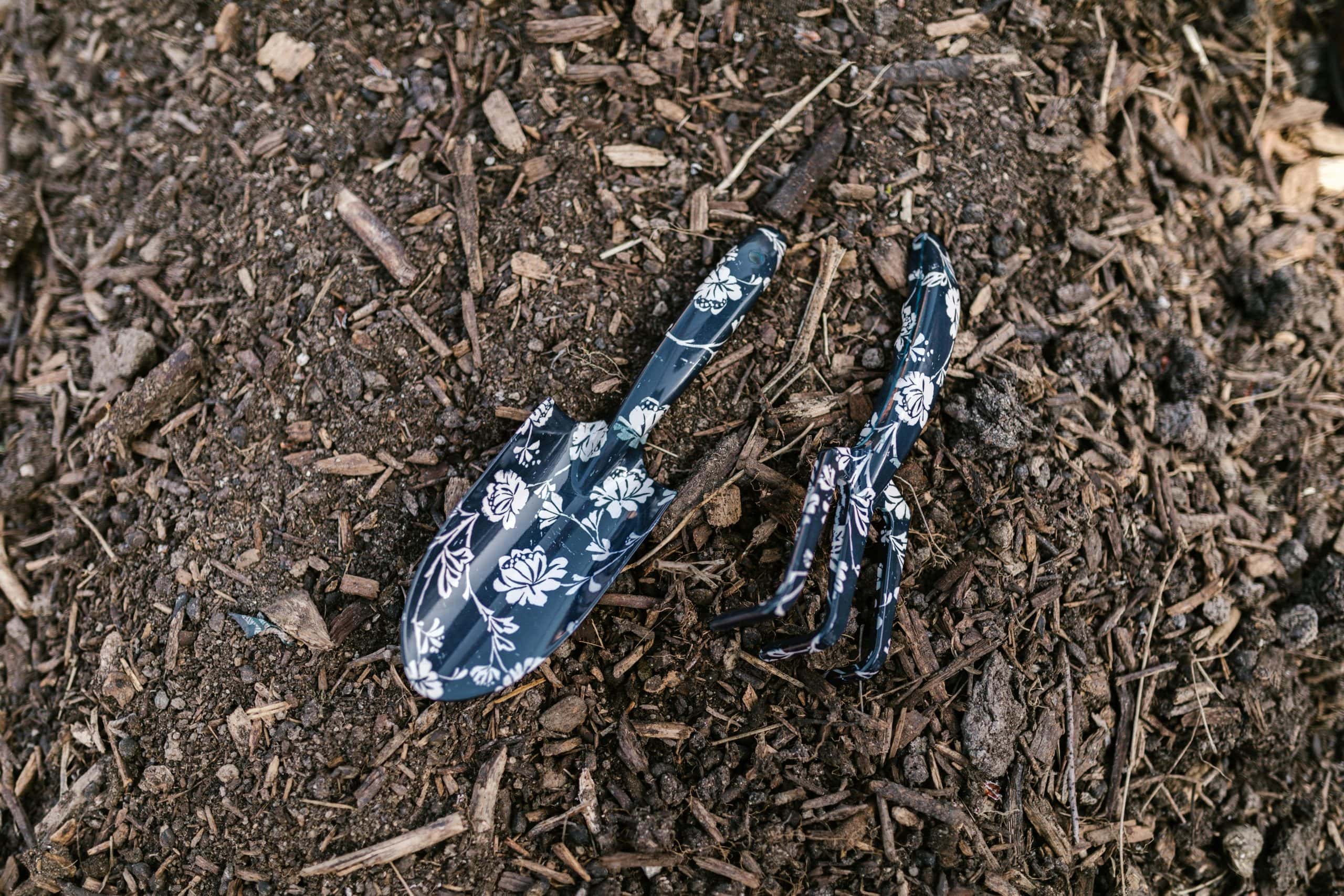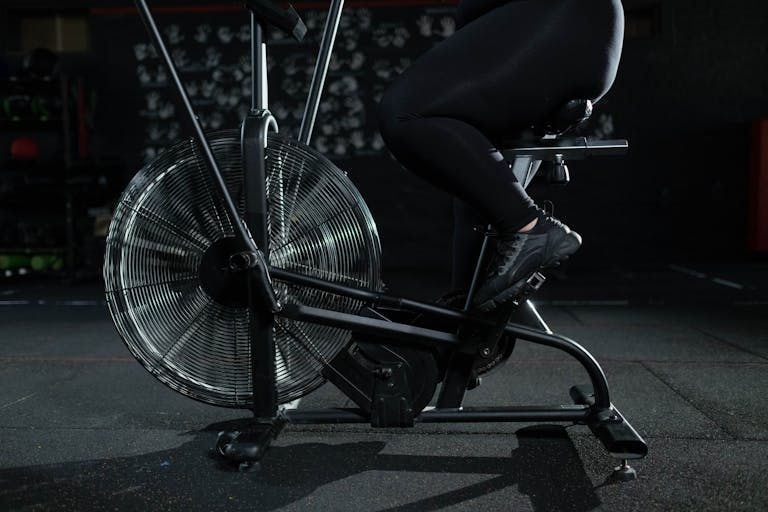Easy DIY Fertilizers for Fall Gardens: Boost Growth Naturally
Okay, let’s be honest here. You’ve spent all summer babying your plants, and now fall is knocking on your door with its crisp air and shorter days. Your garden is probably looking a bit tired (join the club), and you’re thinking about how to give it one last hurrah before winter sets in. Well, good news! You don’t need to mortgage your house for fancy fertilizers or become a chemistry major to feed your plants properly.
DIY fertilizers are not only budget-friendly but also incredibly effective for fall gardens. Plus, you probably have half the ingredients sitting in your kitchen right now, just waiting to become plant food instead of trash. Let’s dig into some simple, brilliant ideas that’ll make your autumn garden absolutely thrive!
Why Fall Fertilizing Actually Matters
Before we get our hands dirty, let’s talk about why your plants need a nutritional boost in the fall. Think of it like preparing for hibernation, but instead of storing fat, your plants are storing nutrients. Fall fertilizing helps strengthen root systems, improves cold tolerance, and sets up next year’s growth. It’s basically giving your garden a vitamin shot before the big winter sleep.
Your fall gardens need different nutrients than summer gardens. While spring and summer are all about that nitrogen rush for leafy growth, autumn calls for phosphorus and potassium to strengthen roots and prepare for dormancy. So, what can you use in your DIY fertilizers?
Coffee Grounds
Remember that morning coffee you can’t live without? Well, your plants feel the same way. Used coffee grounds are packed with nitrogen, magnesium, and potassium. But here’s the kicker, you can’t just dump them straight on your plants because fresh grounds are actually too acidic and can burn delicate roots.
Instead, let them dry out completely (spread them on a cookie sheet like you’re making the world’s most boring cookies), then sprinkle them around acid-loving plants like blueberries, azaleas, and rhododendrons. For a liquid version, mix 4-6 tablespoons of dried grounds with a teaspoon of cinnamon and a cup of club soda. It sounds weird, but trust me!
The Eggshell Game Changer
I used to throw eggshells in the trash without a second thought, and then I learned they’re basically calcium supplements for plants, and suddenly I felt like I’d been throwing money away! Calcium prevents blossom end rot in tomatoes and strengthens cell walls throughout your garden.
The fastest method? Toss clean, dry eggshells in a blender and pulse until they’re powder-fine. Sprinkle this “garden dust” around your plants and work it gently into the soil. For faster absorption (because who has time to wait?), crush the shells and soak them in vinegar for four weeks. One part shells to nine parts vinegar creates a liquid calcium bomb that your plants will absolutely love.
Compost Tea

If compost is plant food, then compost tea is like a plant energy drink. It’s ridiculously easy to make and gives your fall gardens the microbial boost they crave. Fill a bucket with water, add a shovel of finished compost, and let it steep like you’re making the world’s most expensive tea.
After a few days of steeping (with occasional stirring because you’re fancy like that), strain out the solids and use the liquid gold as either a soil drench or foliar spray. Your plants will thank you, and you’ll feel like a garden wizard.
Seaweed Solutions
Unless you live near the coast, seaweed might seem impractical. But here’s the thing: liquid seaweed fertilizer concentrate is available online and at most garden centers. It’s packed with micronutrients that DIY fertilizers often lack. If you do have access to fresh seaweed, rinse off the salt and ferment it like comfrey leaves. Just don’t collect it from protected areas, and make sure it’s already detached from rocks. We’re gardeners, not environmental pirates.
The Epsom Salt Secret Weapon
Epsom salt isn’t just for sore muscles after a day of garden work (though it’s great for that too). It’s magnesium sulfate, and magnesium is crucial for photosynthesis. Without it, plants can’t capture sunlight effectively, which is pretty important for that whole “staying alive” thing.
Mix one tablespoon of Epsom salt with a gallon of water until dissolved. Use it monthly on tomatoes, peppers, and roses. They’ll reward you with stronger stems and better color. Just don’t overdo it; more isn’t always better in the plant world.
Timing Your Fall Fertilizer Applications
Here’s where many gardeners mess up (and by many gardeners, I mean past me). Fall gardens need a different timing than spring gardens. Start fertilizing about 6-8 weeks before your first expected frost. This gives plants time to absorb nutrients without encouraging tender new growth that’ll just freeze anyway.
Stop using nitrogen-heavy fertilizers by early fall, but continue with phosphorus and potassium applications. Think of nitrogen as espresso for plants, meaning it’s great in the morning (spring), terrible before bed (winter prep). Your DIY fertilizers work best when applied to slightly moist soil, so water first if needed. And please, for the love of all that’s green, don’t fertilize bone-dry or waterlogged soil. Plants are picky eaters.
Final Thoughts: Making It Work for Your Garden
The beauty of DIY fertilizers is customization! Got acid-loving plants? Coffee grounds are your friend. Calcium-deficient soil? Eggshells to the rescue. Heavy clay that needs loosening? Compost tea will help improve soil structure while feeding your plants.
Start with one or two recipes and see how your fall gardens respond. Plants will show their appreciation through stronger growth, better color, and improved cold tolerance. Plus, you’ll save money while reducing kitchen waste, it’s a win-win situation that even your wallet will love.
Remember, gardening isn’t rocket science (though sometimes it feels like it). These DIY fertilizers work because they provide what plants actually need in forms they can easily absorb. Your fall gardens will be stronger, healthier, and better prepared for whatever winter throws their way!







